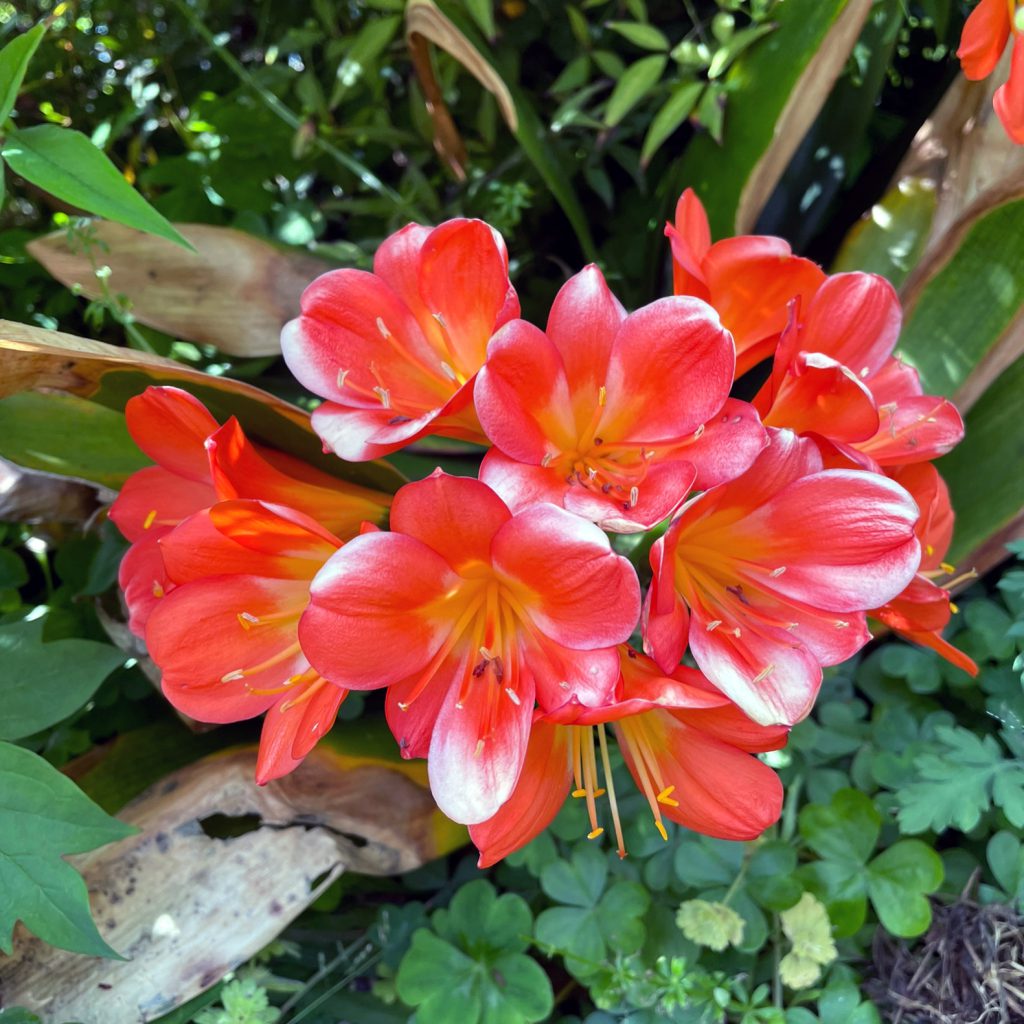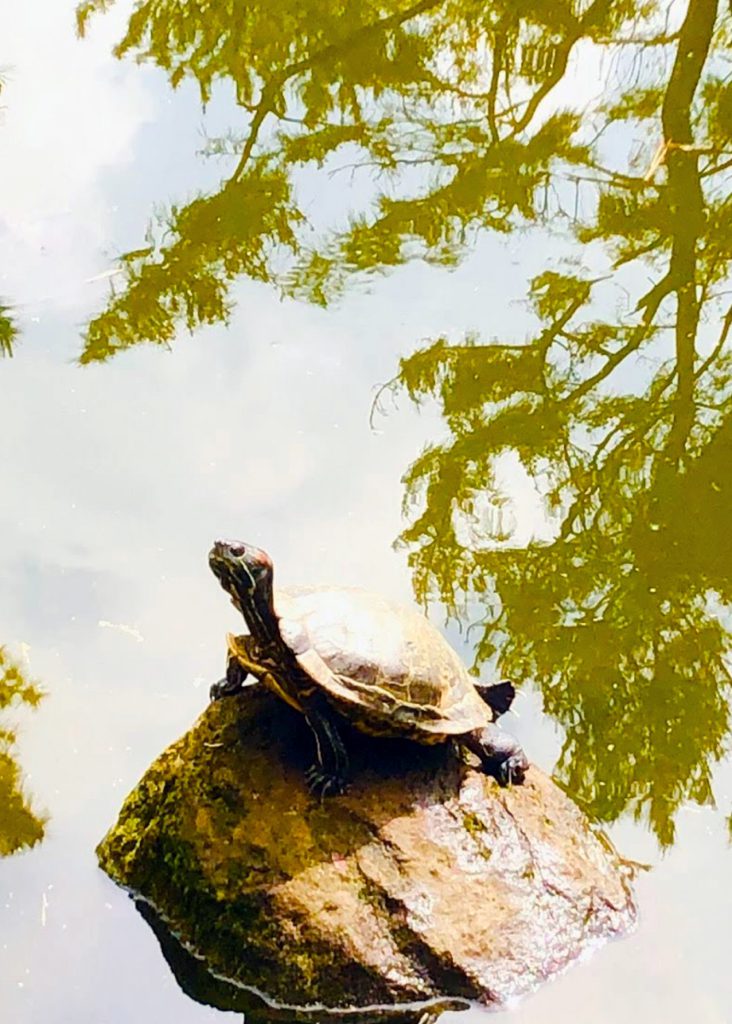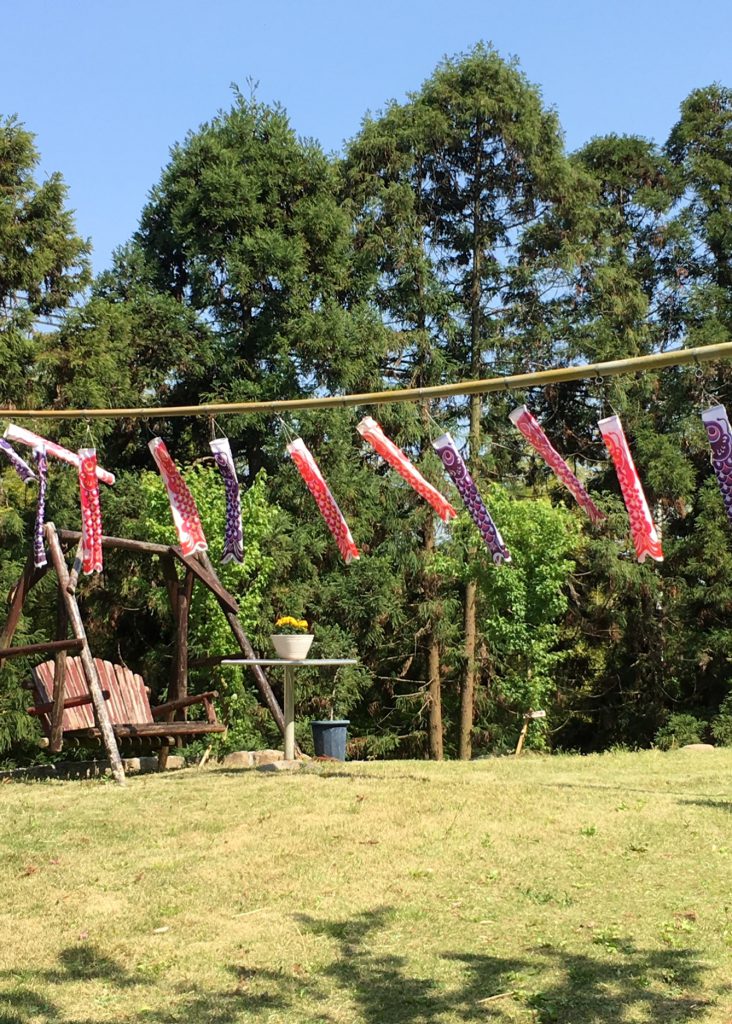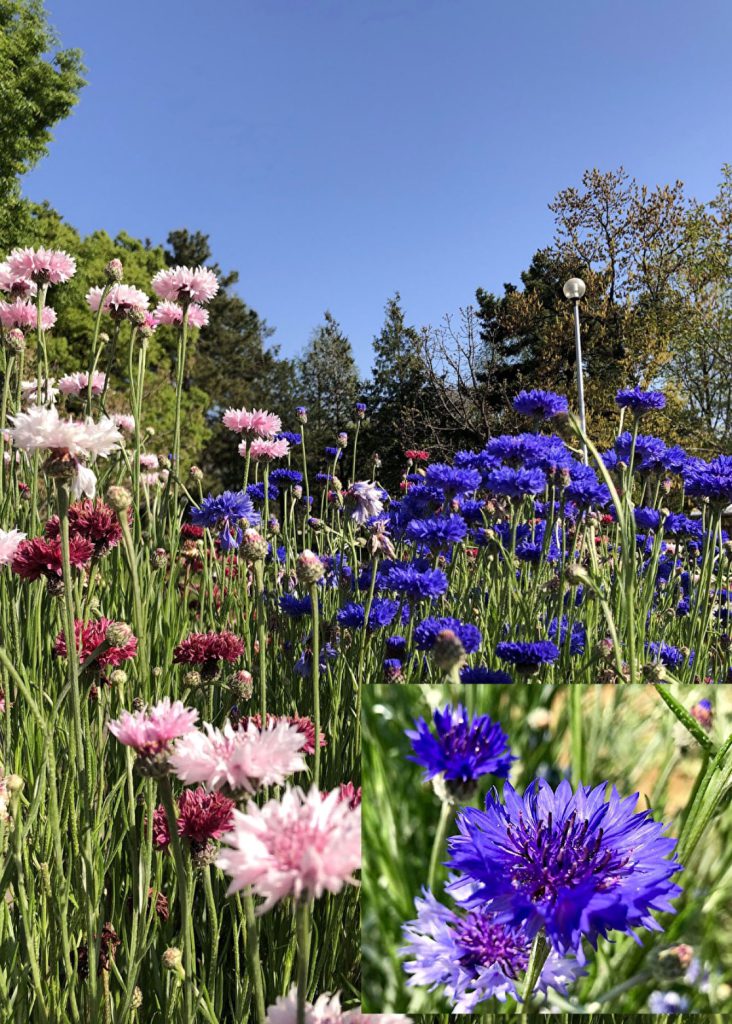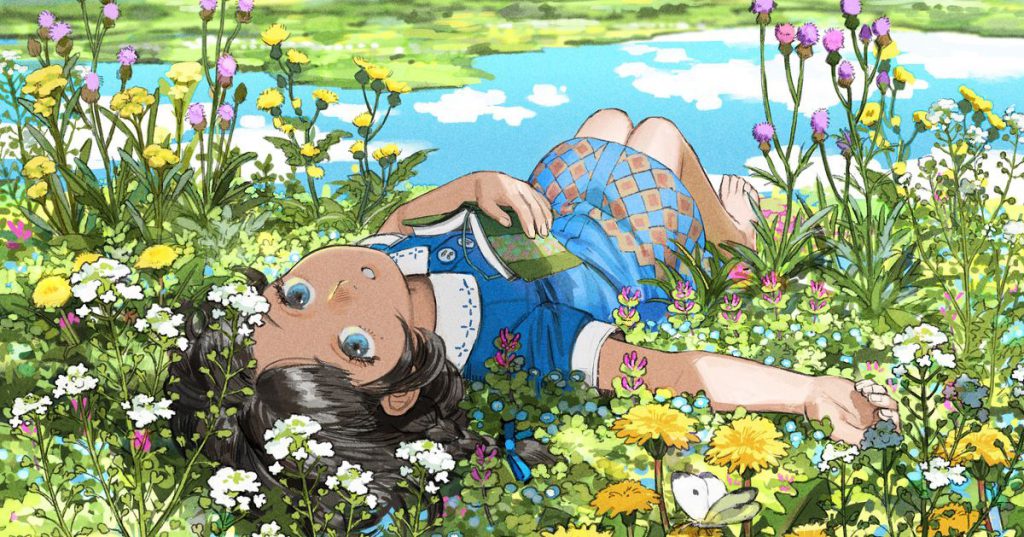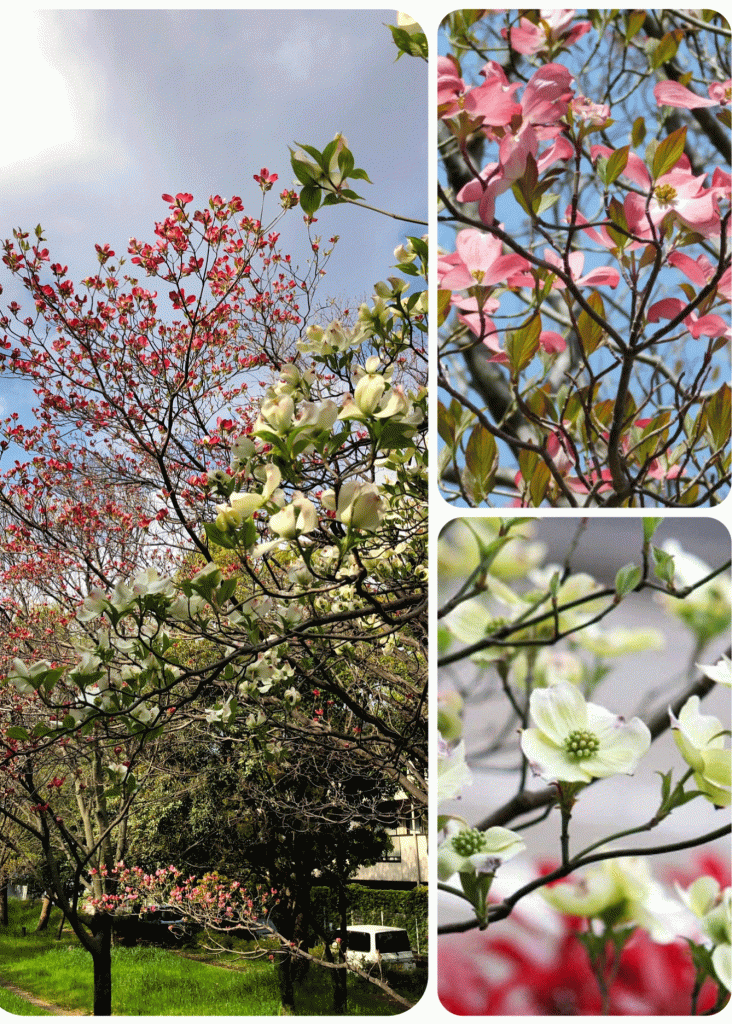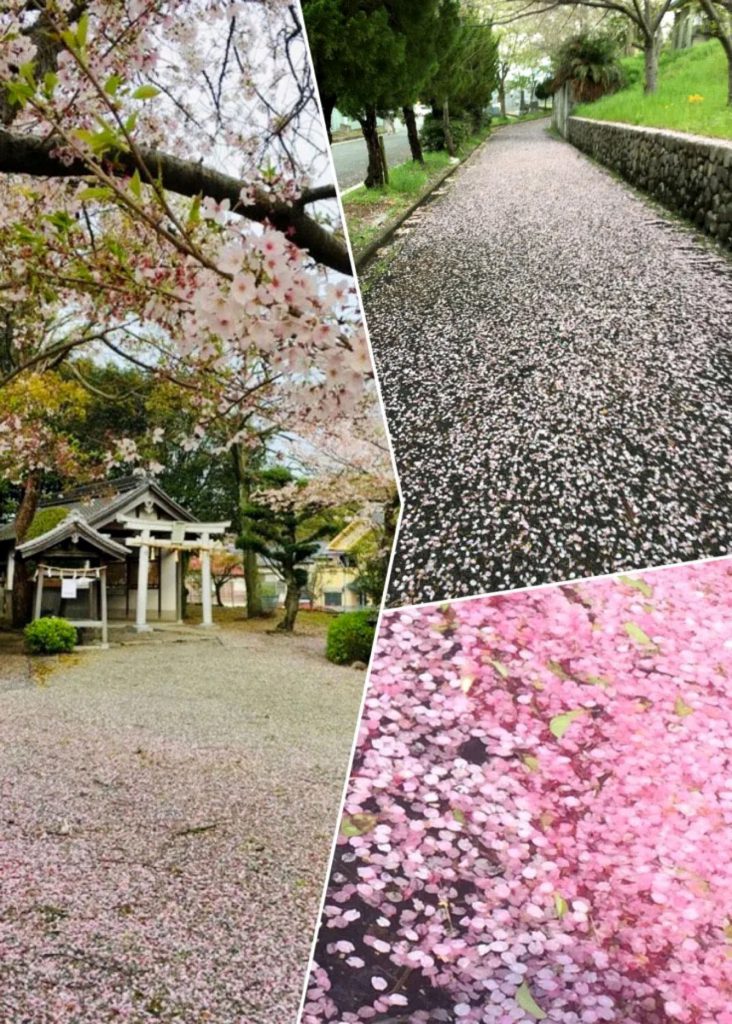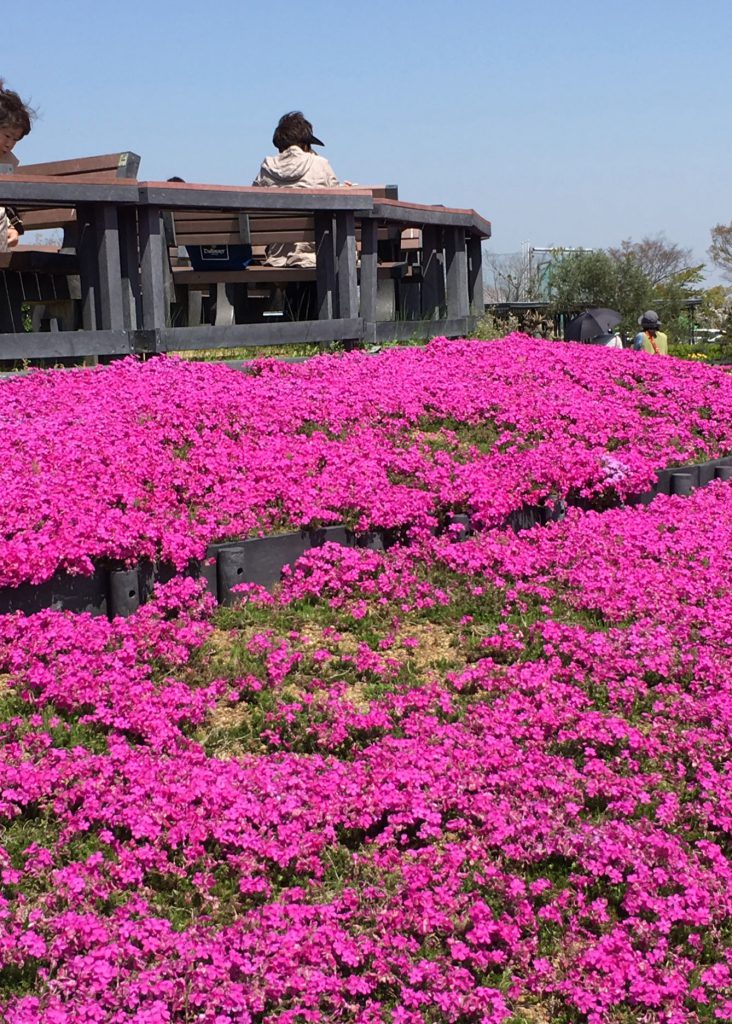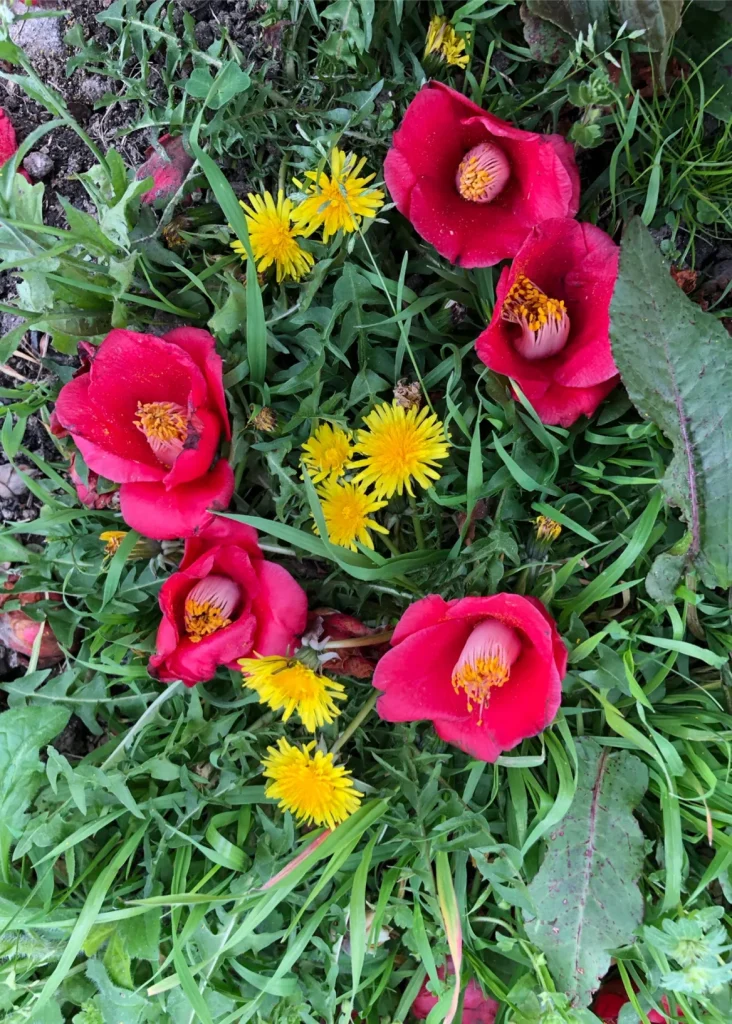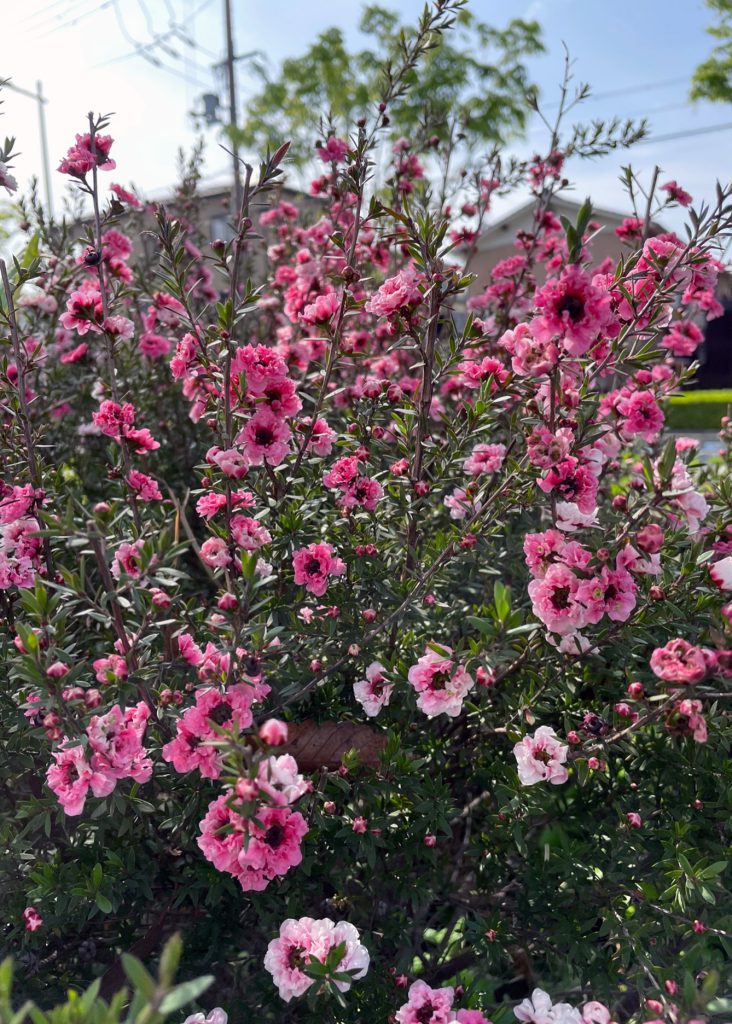
Gyoryubai that stands out from the trimmed hedges on the sidewalk and blooms. In Chinese characters, it is written in “御柳梅”. The shape of the leaves resembles the leaves of a tree called “御柳 (Gyoryu)”, and the flowers are very similar to plum blossoms “梅 (bai), so in Japan the two are collectively called “Gyoryubai”. It originates in southeastern Australia and New Zealand and is designated as the national flower of New Zealand. Locally, it is called Manuka in Maori. Manuka is the etymology of honey, also known as Manuka honey in Japan, and is also the source of honey. In 1994, a British medical magazine published research results showing that manuka honey has the effect of suppressing the growth of Helicobacter pylori, which causes stomach cancer, and killing it. The English name Tea tree comes from Captain Cook (an 18th century ocean explorer) who drank the leaves as tea leaves, and it is said that Australian and New Zealand settlers also decocted the leaves and drank them. It is also used as herbal tea and essential oil in Japan.
歩道の刈り込まれた生垣から抜け出て花を咲かせるギョリュウバイ。漢字では「御柳梅」と書きます。その葉の形が「御柳(ギョリュウ)」という樹木の葉に似て、花は梅の花に良く似ているため、日本では二つを合わせて「御柳梅(ギョリュウバイ)」と呼ばれるようになりました。原産地はオーストラリア南東部とニュージーランドで、ニュージーランドの国花に指定されています。現地ではマオリ語でマヌカと呼ばれています。マヌカは日本でもマヌカハニーとして知られる蜂蜜の語源で、蜜源でもあります。1994年にはイギリスの医療雑誌で、マヌカハニーには胃がんの原因となるピロリ菌の繁殖を抑え、殺菌する効果があるという研究結果が発表されたこともあります。英名のTea treeは、キャプテン・クック(18世紀の海洋探検家)が葉を茶葉にして飲んだことからつけられ、オーストラリアやニュージーランドの入植者も葉を煎じて飲用したそうです。日本でもハーブティーや精油として利用されています。

